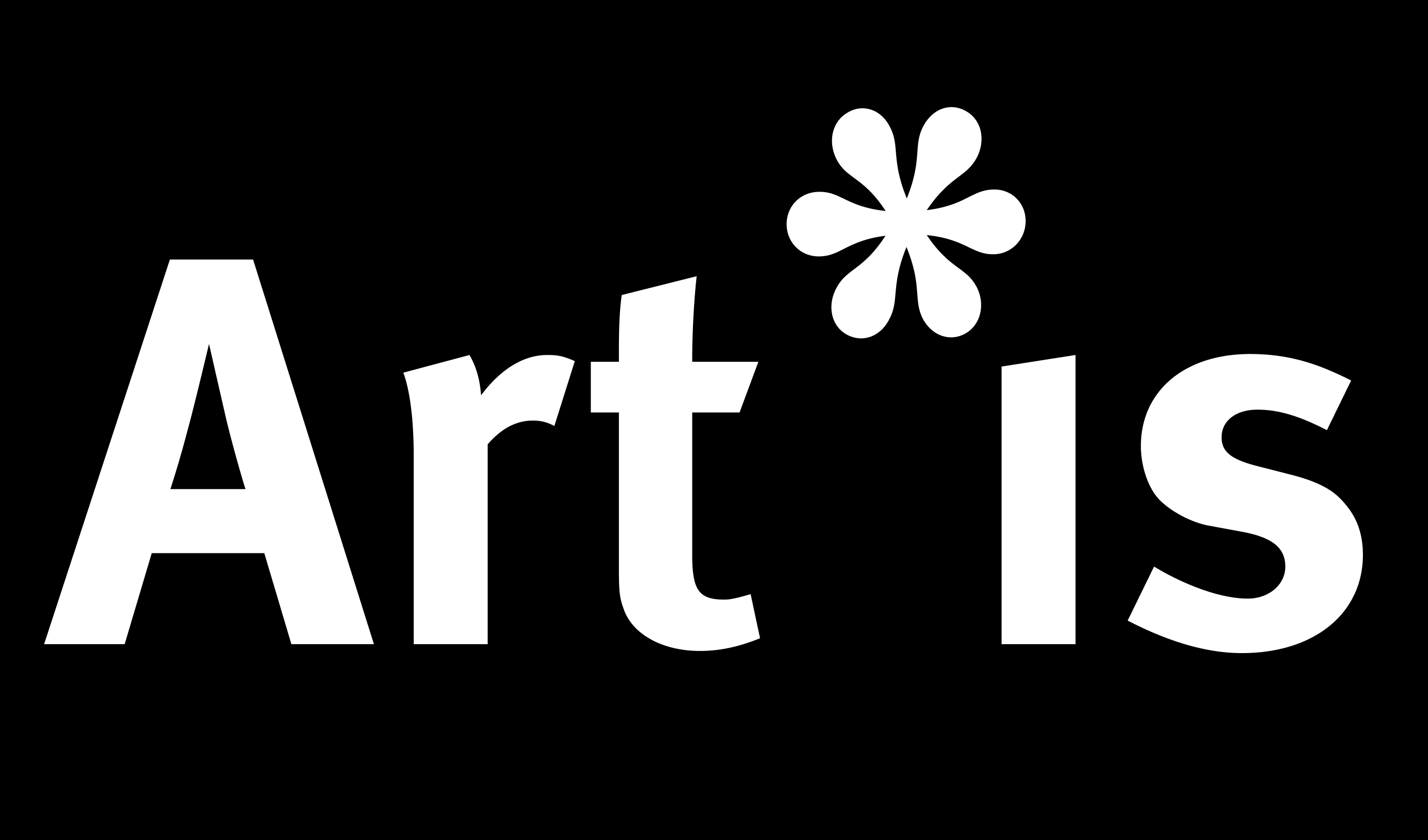written by Anisha Gupta Müller (KHB)
The ARTIS project description aims to research ‘how art impacts societies depending on their dominant ideologies’.11 This excerpt by Anisha Gupta Müller (KHB) hopes to turn the question around: how do dominant ideologies affect research in the first place?
From the context of the art school weißensee kunsthochschule, Anisha Gupta Müller writes on the ethical problems of ‘including’ marginalised people in research. What does it mean to incorporate structurally oppressed groups in artistic or scientific (even non-profit) projects? What does this have to do with power? Through critical race and post-colonial theory, this essay excerpt critiques the initial plan to involve weißensee’s *foundationClass in the ARTIS project. It describes our political process and justifies our decision to exclude *foundationClass from our joint research.
Quote from ARTIS project description:
(4) ‘We will therefore make marginalized individual’s voices heard’ 12
Without wanting to clumsily summarise the seminal work of scholar Gayatri Spivak Can the Subaltern Speak?, it does seem striking that her text is just as relevant today as it was 14 years ago.13 Is it possible to make a ‘marginalised’14* person’s voice heard, without letting them speak? The long and short answer Spivak gives us, although referring specifically to the Subaltern (which is not interchangeable with marginalised or the oppressed15), is no; in this world order, they cannot speak.
The ‘marginalised’ people referenced in the ARTIS project are ‘immigrants and asylum seekers’, and more specifically the idea is to include individuals from weißensee’ *foundationClass. The *foundationClass is a programme facilitated by weißensee whose ‘primary goal consists of supporting artists and designers who have fled their home countries to continue their studies in Germany’.16 It is a programme dependant on external funding for prospective art and design students hoping to apply to university. The participants are not actually enrolled in a Bachelor or Masters degree at weißensee; they do not have a secure position in higher education like all of the other representatives in ARTIS, myself included. This is important to note, as the project from both weißensee and ARTIS’ side have institutional leverage, which they do not. This shows structurally how from the outset the position of those in the *foundationClass is doubly, even triply, precarious. Regardless of what the initial project description claims, due to stark power inequality, it is difficult for the *foundationClass to fully consent to, or have agency, in this project.
In a published conversation on the politics of the *foundationClass, these concerns were discussed. A key issue was brought up that the only way the *foundationClass seem able to access the art world is when they ‘perform the predetermined roles of refugees’.17 This problem is reiterated in the ARTIS project, where their (externally assigned) identity as an ‘asylum seekers’ is at the forefront of their contribution. Their inclusion then is not on the basis of their expertise, their art, their thoughts. Rather, it is a form of instrumentalisation, which most of all benefits the institutions involved.18
Had the *foundationClass been included from the beginning maybe the project would have developed differently. Or perhaps, the power dynamic would still have been so skewed, that the participants would feel forced to assimilate or risk being side-lined altogether.
In this same text, Ahmed Isam Aldin comments that ‘there will be many difficulties after people leave the *foundationClass’.19 Beyond the *foundationClass and ARTIS project there are many barriers that they will have to face – institutional, structural and interpersonal. Whilst we are speaking for ‘immigrants and asylum seekers’ (I include myself as a non-white but still a non-‘immigrant/ asylum seeker’ writing this text), the present and future conditions of the participants are ignored. What will happen after the ARTIS project for them? Does this project offer tangible access to institutions or payment? Will it support them in the process of claiming asylum and navigating racist European border policies?
As has been argued in the previous chapter, we can presume that there were zero ‘asylum seekers’ involved in the conceptualisation of ARTIS. The project description does attempt inclusivity: ‘their voices will be amplified, they will be given ‘an active role throughout [the] intervention stage’.20 And yet we must ask: what does is mean to give someone a voice? Is it possible to give someone agency and authority? The ultimate contradiction that Spivak highlights, is that white Western thinkers can criticise systems of oppression, speak for the oppressed, and not realise how they continue to silence them in the process.21
___________________________
11 Linda Tuhiwai Smith, Decolonizing Methodologies: Research and Indigenous Peoples (London, UK: Zed, 2021), 226.
12 Matthew Pelowski et al, “ Art and Research on Transformations of Individuals and Societies,” Art and Research on Transformations of Individuals and Societies, 2021, https://artis.univie.ac.at/, 8.
13 Gayatri Chakravorty Spivak et al., Can the Subaltern Speak? postkolonialität Und Subalterne Artikulation (Wien: Verlag Turia + Kant, 2020).
14 *I use marginalised in the way bell hooks and Grada Kilomba do: to refer to communities relegated to the socio-political and often geographical peripheries of society. I use quotation marks as in todays usage it is not always clear who is included in this term, nor are the people always at the physical margins (rather an exploited centre of society).
15 Spivak: “Can the Subaltern Speak? (Part 1)| Postcolonialism| Postcolonial Theory, YouTube (YouTube, 2020), https://www.youtube.com/watch?v=i6I0jlRbomc.
16 Miriam Schickler, Ahmed Isam Aldin, Ulf Aminde, “Negotiating Opacity and Transparency in the Art Academy,” in Allianzen Kritische Praxis an Weißen Institutionen (Bielefeld: transcript, 2018), pp. 175-189, 176.
17 Ahmed Isam Aldin, “Negotiating Opacity and Transparency in the Art Academy,” in Allianzen Kritische Praxis an Weißen Institutionen (Bielefeld: transcript, 2018), pp. 175-189, 176.
18 ibid.
Citations:
Liepsch, Elisa et al. Allianzen Kritische Praxis an Weißen Institutionen. Bielefeld: transcript, 2018.
Spivak, Gayatri Chakravorty et al. Can the Subaltern Speak? Postkolonialität Und Subalterne Artikulation. Wien: Verlag Turia + Kant, 2020.
Spivak: “Can the Subaltern Speak? (Part 1)| Postcolonialism| Postcolonial Theory. YouTube. YouTube, 2020. https://www.youtube.com/watch?v=i6I0jlRbomc.
